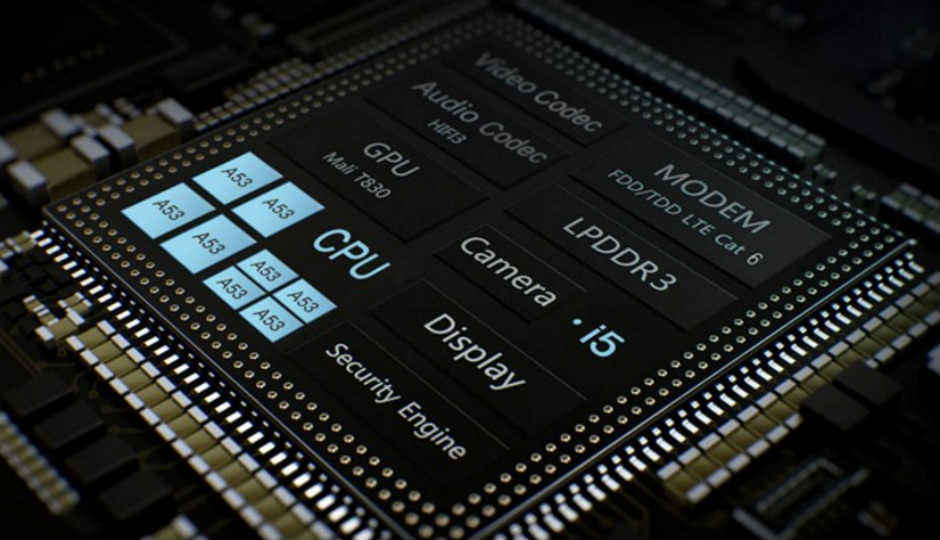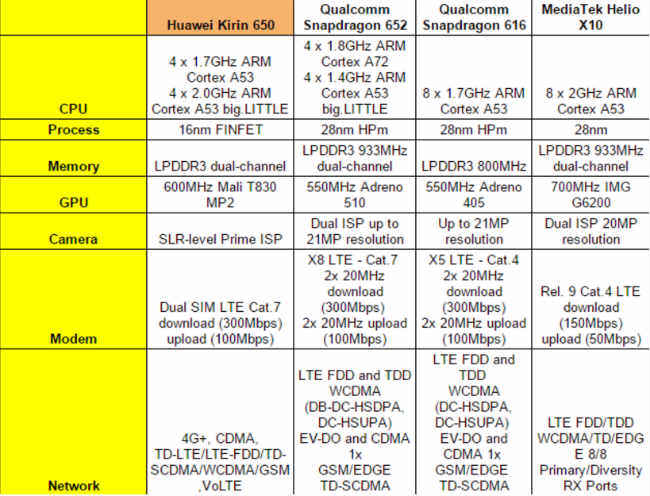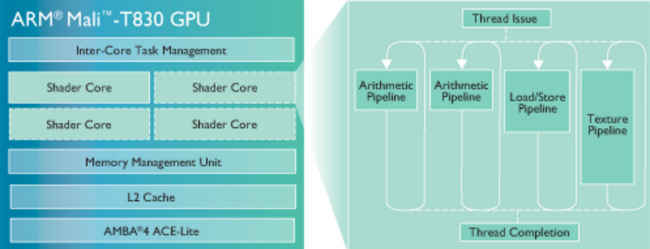Huawei Kirin 650 SoC vs Competition: Discovering the power of 16nm FinFET

The technology used in the Huawei Kirin 650 SoC gives it the edge over the competition
Huawei's brand new Kirin 650 SoC is about to debut in the upcoming Honor smartphone, and it has a lot going for it. Right from the 16nm manufacturing process to the improved architecture, latest graphics engine and support for next-gen wireless connectivity and LTE networks. So, how does the Kirin 650 compare to the current generation of SoCs from Qualcomm and Mediatek? Let's find out!
Now that we know what makes the Kirin 650 so special, let's take a closer look at what make it so special.
Faster, cooler and a power efficient chip: All- new Kirin 650 chipset with flagship FinFET Plus 16 nm chip technology offers lightning-fast performance compared with previous-generation 28 nm chipsets.
Optimized big.LITTLE Architecture: Huawei Kirin 650 delivers best of both worlds in terms of performance and efficiency. Four 2.0 GHz high-performance cores, and four 1.7 GHz lower-performance cores work their magic by approaching tasks in the most optimized manner. Lighter tasks are assigned to lower clocked cores, ensuring maximum power efficiency along with speed. While heavy tasks are handled by the high performance cores, ensuring power-on-tap for demanding tasks like gaming, rendering, etc.
The Mali 830 GPU on the Kirin 650 SoC offers comprehensive support for current and next generation APIs, enabling advanced 3D graphics acceleration and GPU Compute functionality. This includes support for the Khronos OpenGL ES 3.2*, 3.1/2.0/1.1, Vulkan 1.0* and OpenCL 1.1/1.2* Full Profile APIs. Additionally support is provided for the Android Extension Pack, Android Renderscript and Microsoft Windows DirectX11 FL9_3.
Faster Storage Support: Kirin 650 supports eMMC 5.1 based flash memory chips, allowing Honor phones to use the latest storage solutions for a smooth user experience
Power efficiency: Built on advanced 16nm manufacturing process, Kirin 650 allows for multiple reductions in energy loss while being able to push the clock speed of the cores higher. The Kirin 650 also comes with silicon-chip level protection. There is a dedicated security module within the silicon chip that ensures user security, handling key information like fingerprints, keypad, and voice.
The 16nm FinFET advantage: 16 nm FinFET technology is a flagship class manufacturing process usually reserved for top level SoCs, the Apple A9 and Kirin 950 use 16nm FinFET manufacturing process. Kirin 650 is the only SoC among the competing midrange SoC that uses 16nm FinFET technology. Among mid-range silicon chips, Qualcom's Snapdragon 650 and 652 processors continue to use 28 nm technology, while MediaTek's SoC fall in the 20 to 28 nm. The Kirin 650, although positioned as a mid-range SOC, actually employs 16 nm FinFET Plus technology, making it two generations ahead of the competition due to its greatly improved performance and reduced power consumption.
Superior Network Reception: Flagship-grade dual antennas system support on the Kirin 650 SoC automatically switches to the antenna with the best signal to prevent dropped calls.
Huawei Kirin 650 to power the upcoming Honor smartphone: The all new Kirin 650 is expected to power the upcoming Honor smartphone. The phone sports a more comfortable 5.2-inch 1080p screen along with 2GB of RAM. The smartphone is expected to run on Android 6.0 Marshmallow with an updated EMUI 4.1 interface layered on top for differentiation.
So, are you excited about the 16nm based Kirin 650 SoC that will power the upcoming Huawei Honor smartphone?
[SPONSORED POST]






